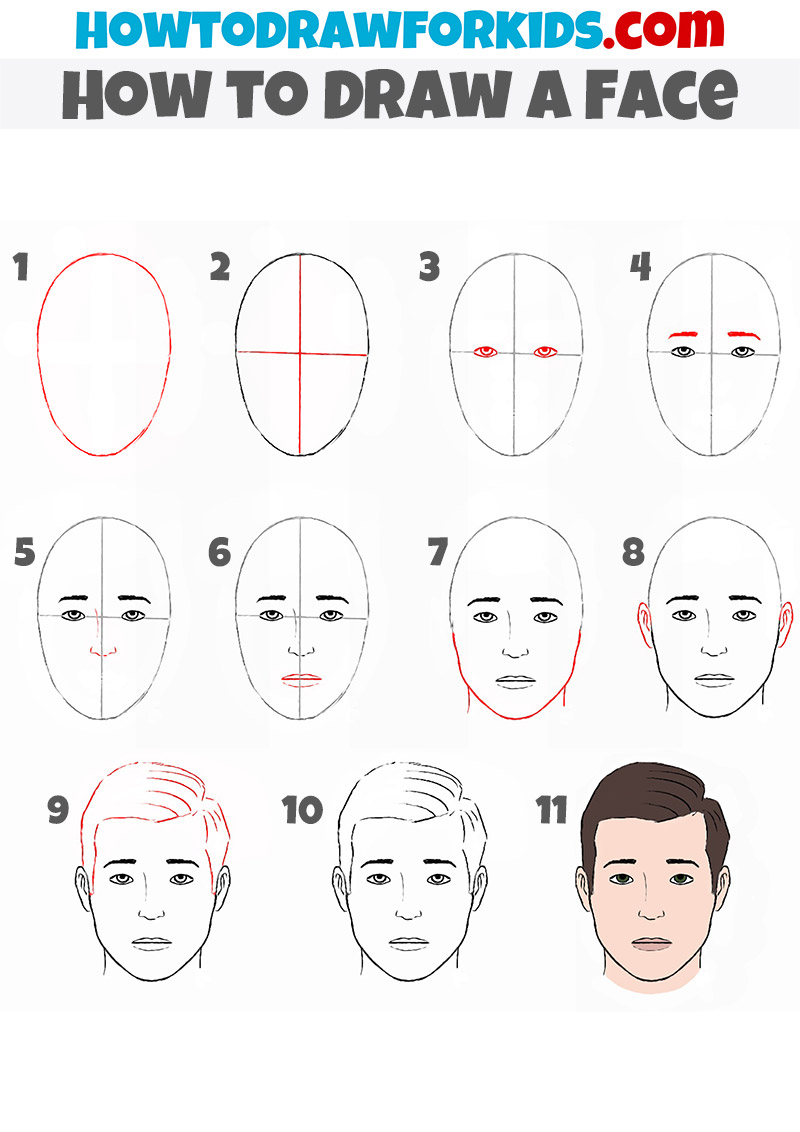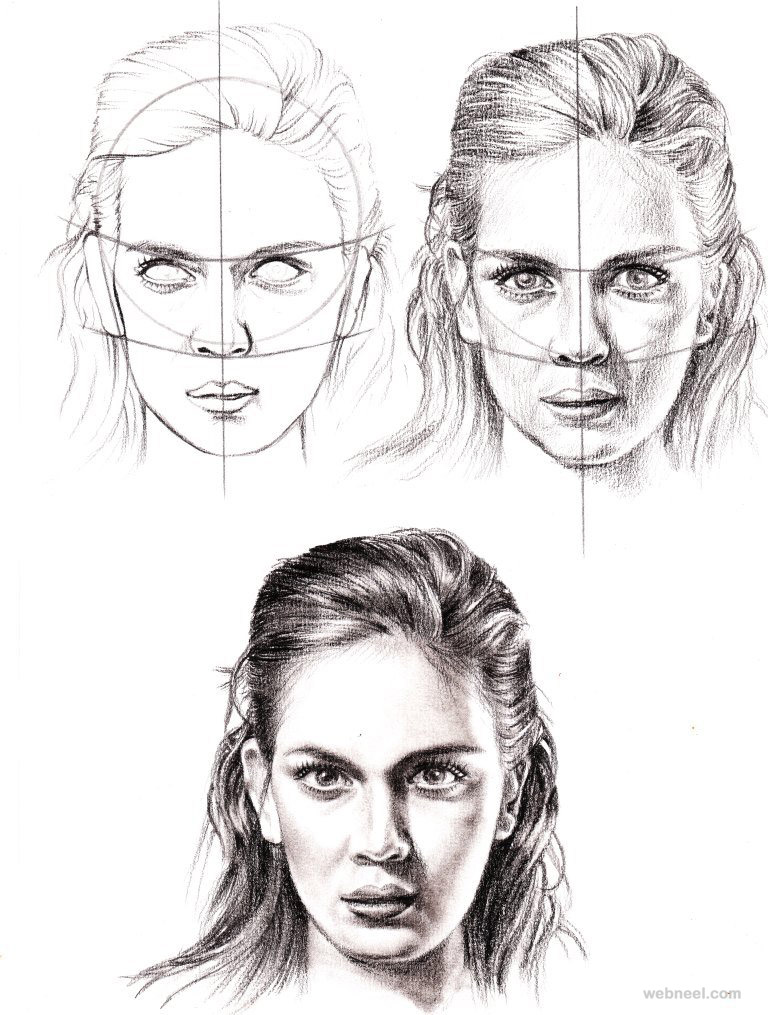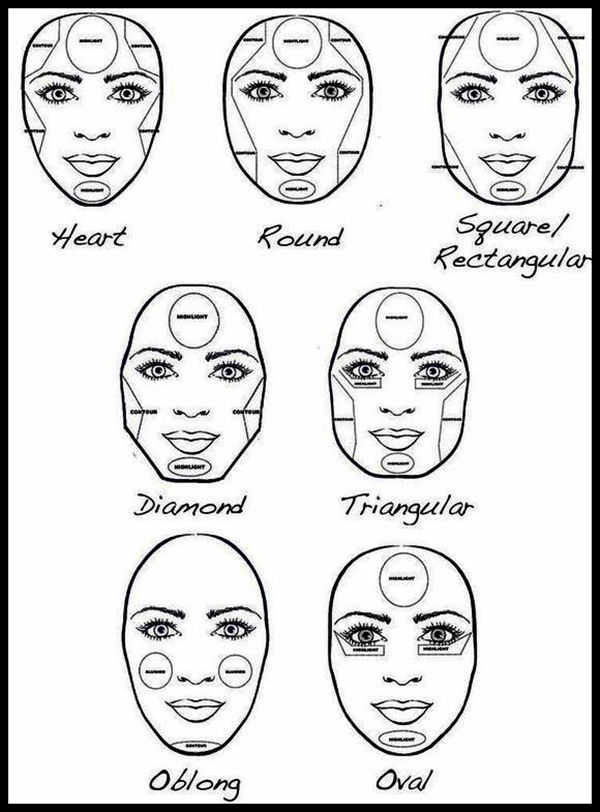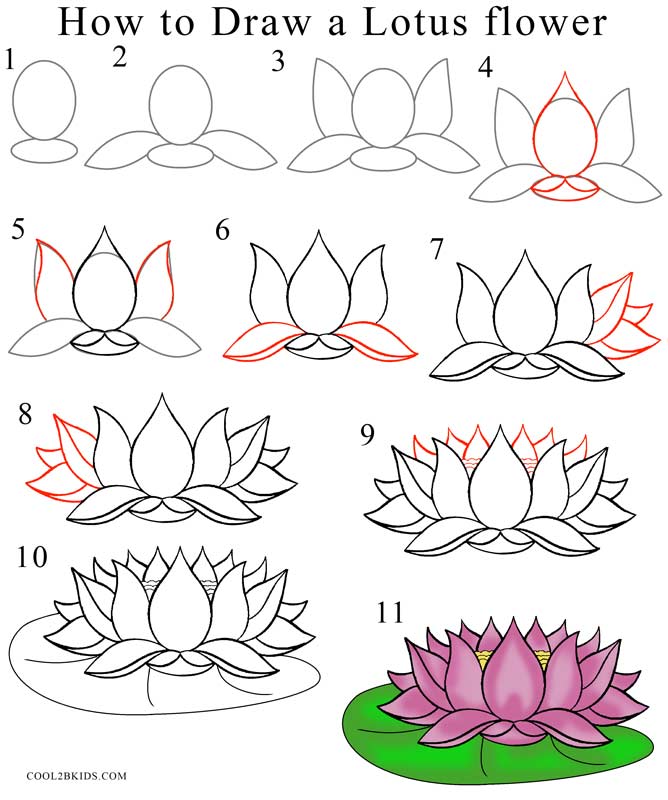Beginners howtodrawforkids
Table of Contents
Table of Contents
Are you a beginner struggling to draw a face? Do you find it challenging to get the proportions right or bring life to the features? Don’t worry; you are not alone. Drawing a face may seem daunting, but with the right techniques and tools, anyone can do it. In this blog post, we will guide you through the process of how to draw a face for beginners.
The Pain Points of Drawing a Face for Beginners
Many beginners find it challenging to draw a face because they don’t know where to start or how to get the proportions right. Some common pain points include:
- Not knowing the right techniques to draw different features, such as eyes, nose, and mouth.
- Struggling with getting the proportions right, such as the distance between eyes or the width of the face.
- Not being able to add details that bring life to the face, such as shading and highlights.
Answering the Target of How to Draw a Face for Beginners
When it comes to drawing a face for beginners, it’s essential to start with the basic shapes that form the face. Here are the steps you can follow:
- Draw an oval shape for the head.
- Divide the oval into halves horizontally and vertically. The horizontal line will be where the eyes will be, and the vertical line will help you place other features.
- Draw small circles on the horizontal line for the eyes, making sure they are aligned with each other and the center of the head.
- Draw a smaller circle in the center of the oval for the nose, just below the horizontal line.
- Draw a horizontal line below the nose circle for the mouth, making sure it’s centered with the nose circle.
- Add small curves for the eyebrows above the eyes.
- Draw the ears from the middle of the eyes to the nose circle.
Once you have the basic shapes, you can start adding details, such as the shape of the eyes, the lips, and the nose bridge. Don’t forget to add shading and highlights to bring life to the face and make it look realistic.
Summarizing the Article’s Main Points
Learning how to draw a face for beginners can seem overwhelming, but it’s all about starting with basic shapes and adding more details as you go along. Remember to use shading and highlights to make the face pop. Some essential tips to keep in mind include:
- Starting with an oval shape for the head and dividing it into halves horizontally and vertically.
- Placing the eyes on the horizontal line and the nose circle just below it.
- Adding small curves for the eyebrows and drawing the ears from the middle of the eyes to the nose circle.
- Adding shading and highlights to bring life to the face.
How to Draw a Face for Beginners - A Personal Experience
When I first started drawing faces, I found it challenging to get the proportions right. I would often make the eyes too big or the nose too small. However, I learned that starting with basic shapes and using references helped me improve my skills. It’s essential to practice regularly and not give up, even if it seems difficult at first.
Here is an example of my drawing of a face for beginners:
 As you can see, I started with an oval shape for the head and added details such as the eyebrows, nose, and mouth. I used shading to add depth and dimension to the face.
As you can see, I started with an oval shape for the head and added details such as the eyebrows, nose, and mouth. I used shading to add depth and dimension to the face.
Tips for Drawing Realistic Features
When it comes to drawing realistic features, such as eyes, nose, and lips, there are a few things to keep in mind:
- Use references to guide you in getting the proportions right.
- Pay attention to the shape and size of each feature.
- Add shading and highlights to make the features look three-dimensional.
- Experiment with different techniques to find what works best for you.
Different Techniques for Shading
There are many techniques for shading, such as cross-hatching, stippling, and blending. Cross-hatching involves drawing parallel lines on top of each other to create a darker tone. Stippling involves using small dots to create texture and depth. Blending involves using a tool such as a blending stump to smooth out the shading.
Using References to Improve Your Skills
Using references, such as photographs or drawings, can be a helpful tool to improve your skills. You can study how other artists draw faces and learn from their techniques. You can also use a photograph to help you get the proportions right.
Frequently Asked Questions About How to Draw a Face for Beginners
Here are some common questions and answers related to drawing a face:
Q: What are the basic components of a face?
A: The basic components of a face include the head, eyes, nose, mouth, ears, and eyebrows.
Q: How important is shading when drawing a face?
A: Shading is essential to make the face look realistic and three-dimensional. Without shading, the features may appear flat and lifeless.
Q: What is the best way to practice drawing faces?
A: The best way to practice is to draw from references, such as photographs or drawings, and to draw every day. As you practice, you will improve your skills and develop your own style.
Q: Can I use different materials to draw a face?
A: Yes, you can use different materials such as pencils, charcoal, or even digital tools such as a tablet.
Conclusion of How to Draw a Face for Beginners
Learning how to draw a face for beginners can be a fun and rewarding experience. It’s all about starting with basic shapes and adding details as you go along. Remember to use shading and highlights to make the face look realistic. Use references and practice regularly, and you will see an improvement in your skills.
Gallery
How To Draw A Face 2 - Full Image

Photo Credit by: bing.com / 1015
HOW TO DRAW FACES - STEP BY STEP - YouTube

Photo Credit by: bing.com / draw faces step
Face Drawing Tutorial For Beginners - Realistic Techniques - YouTube

Photo Credit by: bing.com / drawing tutorial beginner face beginners realistic drawings techniques
How To Draw A Face For Beginners

Photo Credit by: bing.com / face draw beginners tips source
How To Draw A Face For Beginners | Very Easy Drawing Tutorial

Photo Credit by: bing.com / beginners howtodrawforkids





